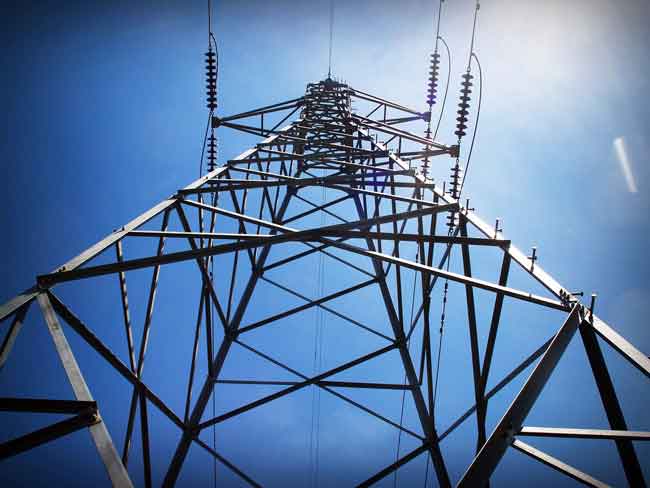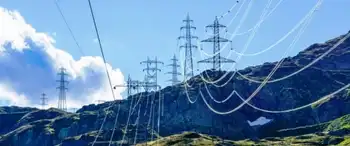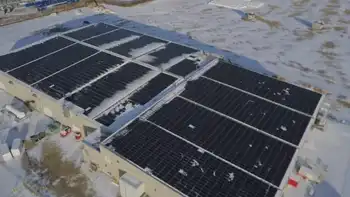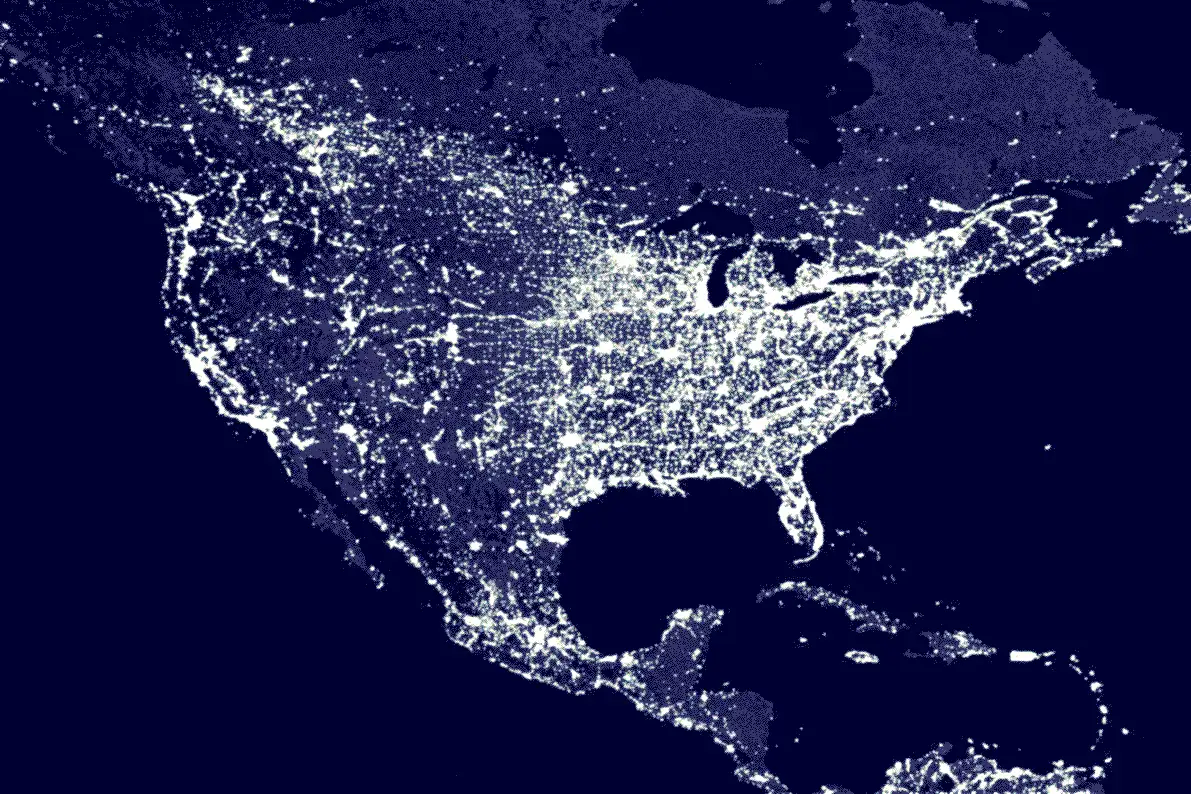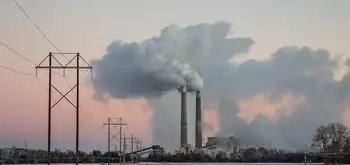Families burdened by rising power costs
By Business Wire
CSA Z462 Arc Flash Training - Electrical Safety Essentials
Our customized live online or in‑person group training can be delivered to your staff at your location.

- Live Online
- 6 hours Instructor-led
- Group Training Available
The study outlined how increases in energy costs since 2001 are disproportionately hurting low- and fixed-income families, who must devote an ever-growing percentage of their family budget to residential and transportation energy.
“To grow our economy and help American families meet their budgets, it is critical that the government enact policies that will contain energy costs,” said Steve Miller, president and CEO of ACCCE. “Regulations that significantly increase energy costs are going to take the greatest toll on low-income families.”
In 2001, the one-half of American households making less than $50,000 annually spent an average of 12 percent of their after-tax income on energy costs. That percentage rose to 16 percent in 2005, and now to 20 percent in 2011.
Among energy products used by all American households, electricity has experienced relatively low price increases since 2001. Coal provides nearly one-half of AmericaÂ’s electricity supply, and has contributed to the relative stability of consumer electricity prices. However, the EPA is planning to impose sweeping new regulations over the next year that could severely hinder the development of new coal-fueled power plants and ultimately increase the cost of electricity.
“Thanks in large part to coal — America’s most abundant domestically-produced fuel, our nation’s electricity prices have remained relatively stable and affordable for families and businesses,” said Miller.
Other key findings of the study include:
• Lower-income households are paying nearly a quarter of their income for energy costs. The 27 million lower-income households earning between $10,000 and $30,000, representing 23 of U.S. households, will allocate 23 of their 2011 after-tax income to energy, more than twice the national average of 11.
• Household gasoline costs have more than doubled in the past ten years, from an average of $1,680 in 2001 to a projected $3,601 in 2011. Increased gasoline costs account for 75 of the $2,562 average household energy cost increase since 2001.
• Coal has helped keep electricity prices relatively stable. Among consumer energy products, electricity has maintained relatively low annual price increases since 2001. The average household electric bill has increased from $938 in 2001 to a projected $1,368 in 2011, representing 17 of the $2,562 average household energy cost increase since 2001. Coal-based generation provides almost one-half of America’s electricity supply and has contributed to the relative stability of consumer electricity prices.
• Minority households are disproportionately impacted by higher energy costs. In 2009, 62 of Hispanic households and 67 of black households had average annual incomes below $50,000, compared with 46 of white households and 39 of Asian households. Energy costs represent a much larger fraction of disposable income for households earning less than $50,000 than for wealthier families. Due to these income inequalities, the burdens of energy price increases are imposed disproportionately on black and Hispanic households.
• Senior citizens living on fixed incomes are particularly vulnerable to energy price increases. Seniors have the highest per capita residential energy consumption among all age categories. The average basic Social Security income of 31.5 million senior households was $15,443 in 2009. The median income of 25.3 million households with a principal householder aged 65 or older was $31,354.





